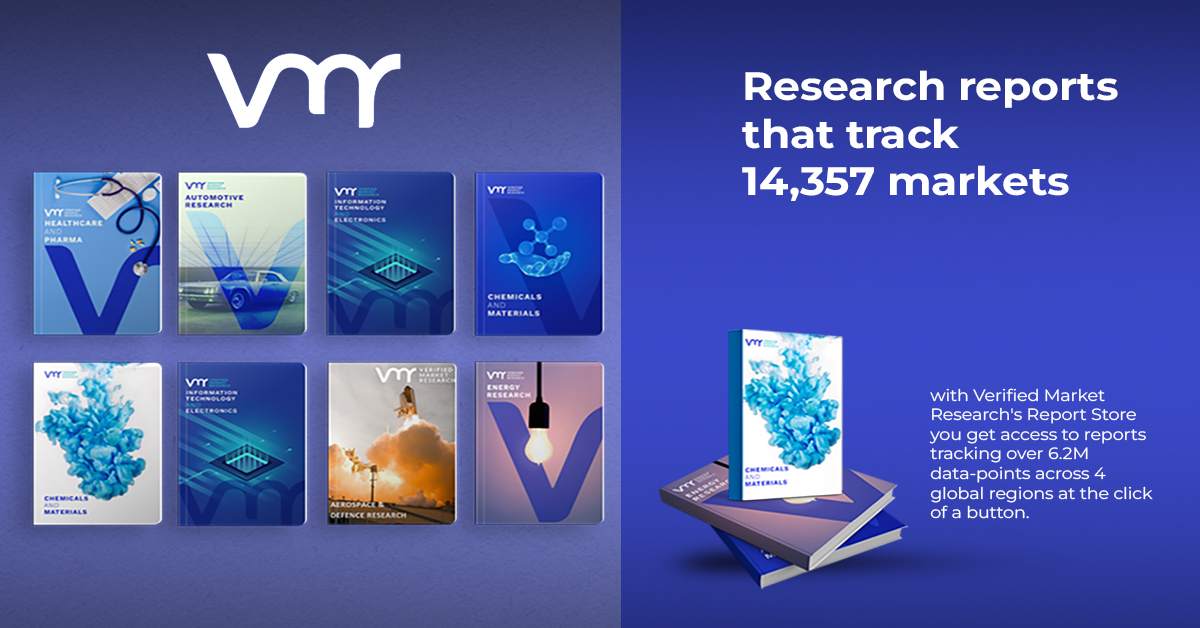The Evolution of Air Ambulance Services Market: Key Developments and Future Prospects
The air ambulance services market has witnessed significant transformation and expansion over recent years, driven by technological advancements, rising healthcare demands, and increasing investments. This article delves into the latest key developments in the air ambulance services market, exploring trends, challenges, and future prospects.
The Growing Demand for Air Ambulance Services
As the global population continues to age and healthcare needs rise, the demand for emergency medical services (EMS), including air ambulance services, is increasing. Air ambulances provide critical care to patients in remote or hard-to-reach areas, ensuring timely medical assistance in emergencies.
Increasing Population and Health Challenges
- Aging Population: The world’s elderly population is growing, leading to a rise in chronic diseases and emergency medical situations that necessitate swift transportation.
- Healthcare Accessibility: In regions where ground transportation is limited or impractical, air ambulances become indispensable, particularly in rural and underserved areas.
Statistics Highlighting the Demand
According to a recent report, the global air ambulance services market was valued at approximately $6 billion in 2022 and is expected to grow at a compound annual growth rate (CAGR) of around 10% from 2023 to 2030. This growth trajectory is attributed to:
- Increased medical emergencies due to natural disasters, accidents, and health crises.
- Greater awareness of air ambulance services and their benefits among the general population.
Technological Advancements Shaping the Market
The air ambulance sector has embraced various technological innovations, enhancing operational efficiency and patient care.
Advanced Medical Equipment
- In-Flight Medical Technology: Air ambulances are now equipped with cutting-edge medical devices, including portable ventilators, cardiac monitors, and advanced life support systems. This ensures that patients receive comprehensive care during transit.
- Telemedicine Integration: Many air ambulance providers are incorporating telemedicine services, allowing medical professionals to consult with patients during flight. This integration ensures better decision-making and care continuity.
Improved Navigation and Communication Systems
- GPS and Drones: The implementation of GPS technology and unmanned aerial vehicles (drones) is revolutionizing air ambulance operations, enabling quicker response times and improved navigation in challenging terrains.
- Real-Time Communication: Enhanced communication systems facilitate seamless coordination between air ambulance crews and ground medical teams, ensuring that patients receive immediate attention upon landing.
Regulatory Developments and Challenges
As the air ambulance services market grows, regulatory frameworks are evolving to ensure safety and quality of care.
Regulatory Bodies and Compliance
- FAA Regulations: In the United States, the Federal Aviation Administration (FAA) oversees air ambulance operations, establishing safety standards and operational protocols.
- International Standards: Organizations such as the International Air Transport Association (IATA) are working on developing global standards for air ambulance services, promoting uniformity and quality across regions.
Challenges in Compliance
- Licensing Issues: Navigating the complex licensing requirements across different jurisdictions can pose challenges for air ambulance providers, impacting operational efficiency.
- Insurance and Reimbursement Policies: The variability in insurance coverage and reimbursement for air ambulance services can hinder accessibility for patients in need.
Competitive Landscape and Key Players
The air ambulance services market is highly competitive, with several key players vying for market share.
Major Market Players
- Air Methods Corporation: A leading provider of air ambulance services in the U.S., known for its extensive fleet and advanced medical capabilities.
- PHI Air Medical: This company offers air ambulance services across several states and is recognized for its commitment to safety and quality care.
- REVA Inc.: Specializes in air medical transport and has garnered a reputation for providing excellent patient care during transit.
Market Strategies
- Partnerships and Collaborations: Many companies are forming partnerships with healthcare providers and hospitals to ensure a steady flow of patients and enhance service offerings.
- Geographic Expansion: Key players are expanding their operations into emerging markets, tapping into the growing demand for air ambulance services.
Future Prospects and Trends
Looking ahead, several trends are expected to shape the air ambulance services market:
Increased Investment in Air Ambulance Infrastructure
- Public-Private Partnerships: Governments and private entities are expected to collaborate to enhance air ambulance infrastructure, ensuring better service delivery.
- Investment in Technology: Continued investment in medical technology and aircraft will further improve the efficiency and effectiveness of air ambulance services.
Emphasis on Patient-Centric Care
- Enhanced Patient Experience: Air ambulance providers are focusing on creating a more comfortable and reassuring environment for patients during transport, including family involvement and better communication.
- Quality of Care: As competition increases, companies will prioritize the quality of medical care provided during flights, ensuring better patient outcomes.
The air ambulance services market is on a remarkable growth trajectory, driven by increasing healthcare demands, technological advancements, and evolving regulatory frameworks. As the industry continues to adapt and innovate, the future looks promising for air ambulance services, with the potential to significantly enhance emergency medical care and save lives.
This ongoing evolution is not only transforming the way medical emergencies are addressed but also reshaping the healthcare landscape, ensuring that timely and efficient medical assistance is always within reach.










